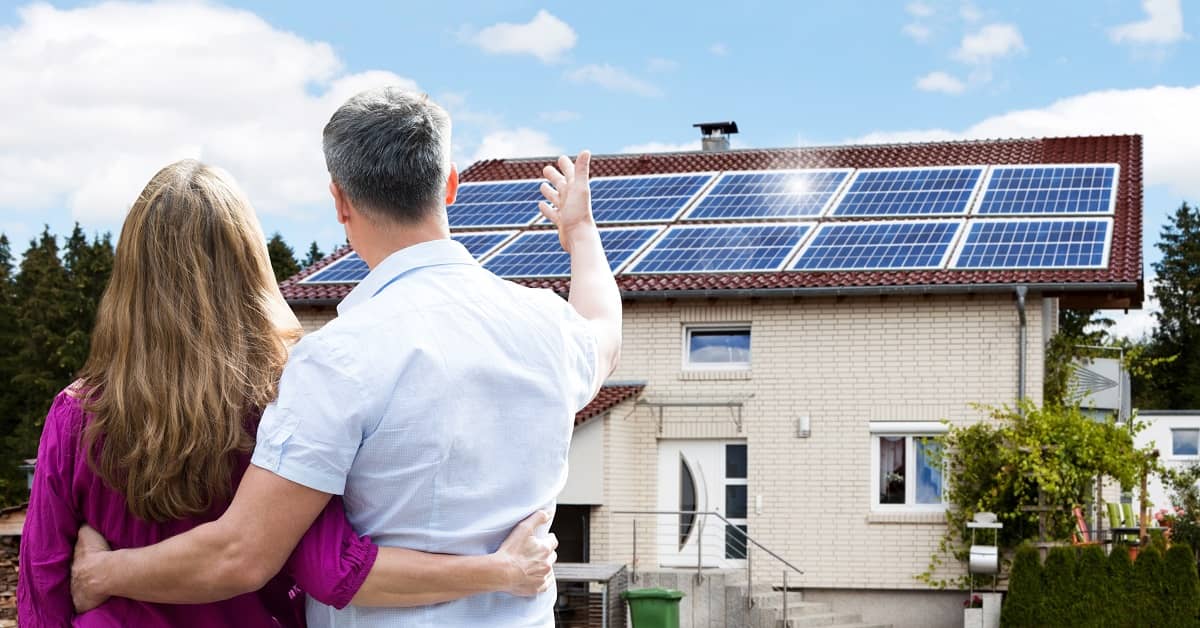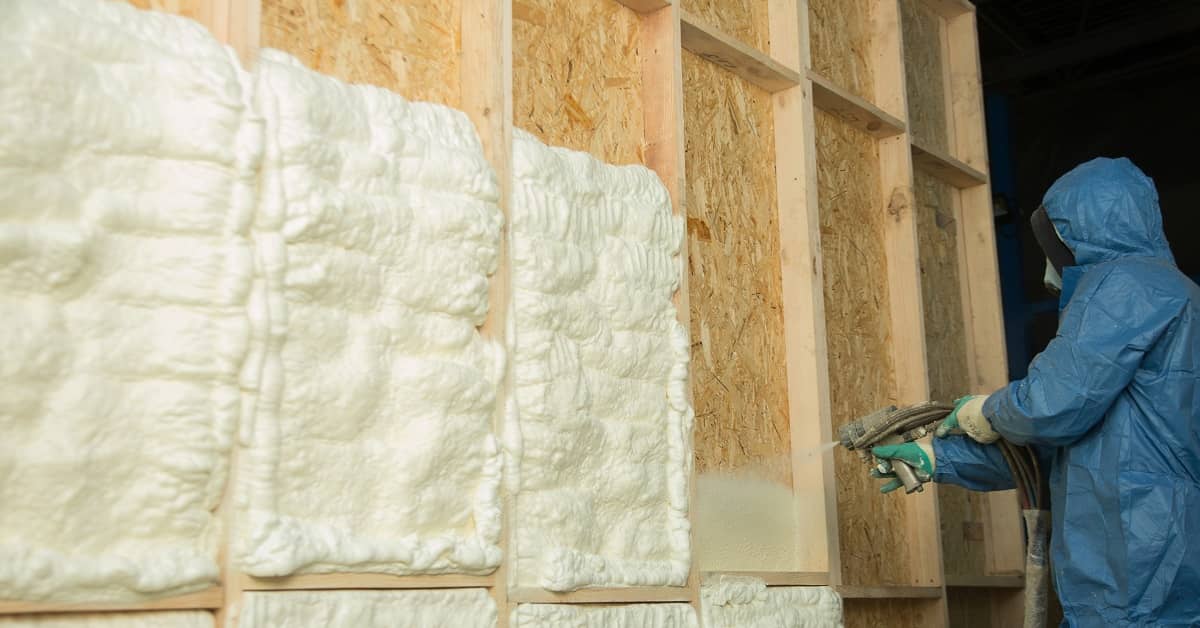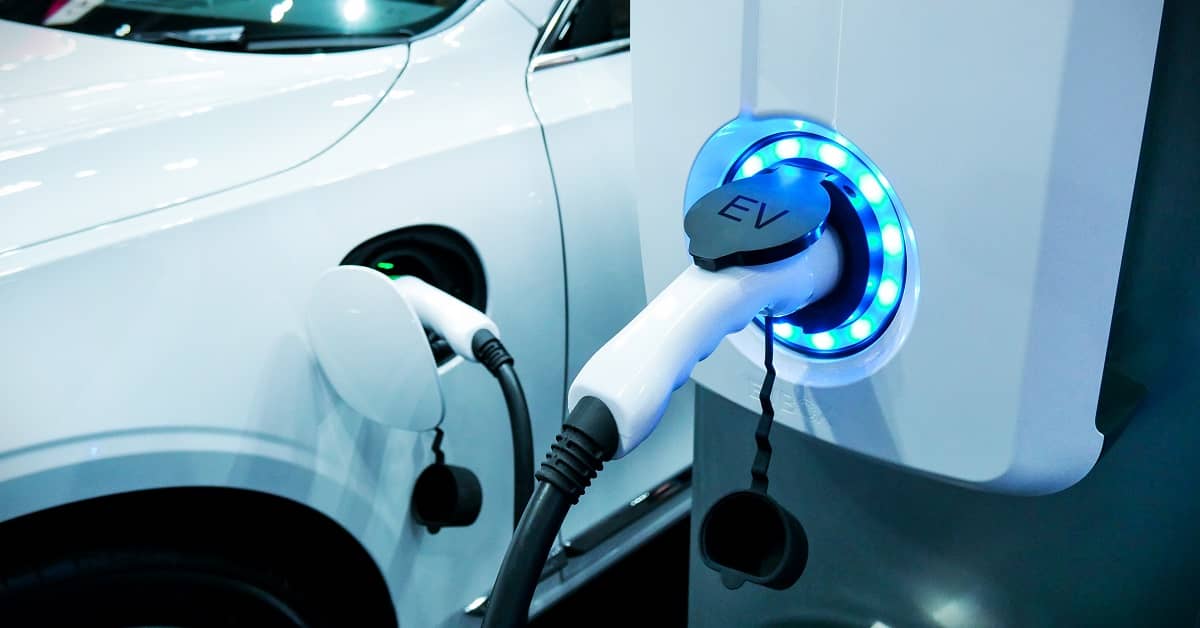
What Is the Average Lifespan of Solar Panels?
At first glance, solar panels may not look very strong. They are relatively lightweight, and the glass on the outside may seem vulnerable to the elements.
In reality, however, solar panels are incredibly durable. They are also long-lasting. For example, the solar panels carried by REenergizeCO are protected by a 25-year warranty.
A solar panel system is an investment in your home with long-term benefits and big reliability. Find out how long you can expect your solar panels to last by contacting REenergizeCO today!
What Are Solar Panels Made Out Of?
Solar panels are built to last. They are constructed of a sturdy aluminum frame that holds a pane of tempered glass.
This layer of tempered glass lets a significant amount of sunlight through while protecting the solar cells inside. As the National Renewable Energy Laboratory (NREL) in Golden discovered firsthand, the tempered glass on solar panels can withstand hail the size of a tennis ball.
It is important to distinguish between the solar panel and the solar cells. An individual solar cell is composed of crystalline silicon, which is quite fragile. Other components of the solar panel provide strength and stability, enabling the system to withstand a wide range of real-world conditions.
Encapsulating the solar cells on both sides is a layer of laminated plastic (usually ethylene vinyl acetate, or EVA). EVA is transparent, enabling maximum sunlight exposure while providing additional stability and protection for the solar cells.
The final component of the solar panel assembly is the back sheet. In addition to supporting and protecting the solar panel, the back sheet insulates the electrical components.
As you can see, all of the components of a solar panel are made with both efficiency and longevity in mind. Quality construction makes for a long lifespan for today’s A-rated solar panels.
How Long Will My Solar Panels Last?
Research by NREL shows that solar panels experience degradation (loss of efficiency) at a rate of 0.5 percent each year. What does this mean? If a solar panel has been operating for 20 years, the panel will still produce approximately 90 percent of the energy it did when first installed.
Different factors can impact the long-term efficiency of solar panels and home energy systems. These include:
- Quality: Simply put, not all solar panels are created equal. The better the brand, the less prone the solar panels are to failure and the longer the equipment tends to last.
- Weather: Hail is the most obvious weather event that can damage solar panels, but wind, snow, and ice (as well as the freeze-thaw cycle) can cause small changes that make the panels less efficient over time.
- Debris: The buildup of dust, dirt, tree branches, and other junk can reduce the sunlight that reaches the solar panels. It can also damage the solar panels and the racking that mounts the system to the roof.
The best way to maximize the life of your solar panels is to work with a reputable installer that uses quality equipment. In addition to designing the system for the greatest efficiency, trusted installers stand by their work, providing customers with guaranteed inspection and maintenance of the solar panel system.
For example, REenergizeCO will inspect your solar panels for up to 25 years after the installation to ensure the system is working properly.
How Often Do You Have to Replace Solar Panels?
Solar panels only need to be replaced if they get damaged or if a component fails. A combination of proper planning and professional installation takes care of the majority of these problems.
Generally speaking, then, you will not need to replace a solar panel until it stops working efficiently. This typically corresponds with the manufacturer’s warranty (ex: LG provides a warranty of 25 years on its A-rated solar panels).
In some cases, the solar energy system stays with the house longer than the homeowner who installs it. Solar panels add value to any home, and having a system up and running when you list the house is a major selling point.
How Long Will a Solar Energy System Last?
The lifespan of the solar panels makes up only a part of the long-term viability of your home energy system. Other components may need to be repaired or replaced prior to the panels.
How Long Do Solar Inverters Last?
A solar inverter changes the energy output of the solar panels into electric current that can power your home. On average, the solar inverter will last anywhere from 10 to 15 years before it needs to be replaced.
How Long Will a Solar Battery Last?
Solar battery storage is an enormous boon for your home’s energy independence. The battery backup can power your home after dark, in inclement weather, and/or in the event of a power outage.
The average lifespan of a solar storage battery is five to 15 years. Homeowners can help prolong the life of a solar battery with innovative features such as time of use management. Some battery operations can even be managed with an app on your smartphone!
Get the Most from Solar Panels
Homeowners who go solar find that the panels last for years or even decades – up to 20 or even 30 years in some cases. Before you decide to invest in solar energy, it is important to find a company that can design a system that fits your needs and will serve as a long-term solution for powering your home.
At REenergizeCO, we use only the finest equipment for solar power installations. Our knowledgeable team will carefully design the system to optimize energy output. We handle all aspects of installation, from mounting the solar panels on the roof to permitting and inspections. After the system is installed, we continue to stand by our work – your solar panels are guaranteed for 25 years, with REenergizeCO providing maintenance and monitoring for the same length of time.
Please contact REenergizeCO today to learn more about powering your home with solar panels. Our experienced team of solar installers serves homeowners in Denver, Fort Collins, and throughout the Colorado Front Range.
"*" indicates required fields


